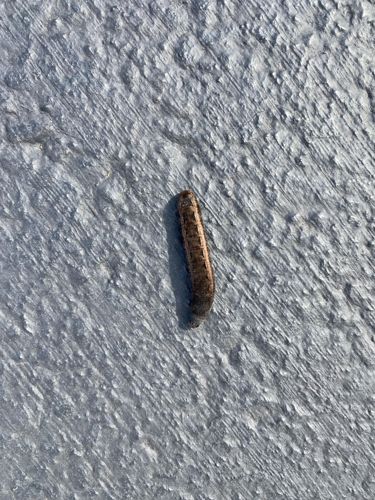Leatherjacket larva (Crane Fly Larva)
Scientific Name: Tipula spp.
Order & Family: Diptera, Tipulidae
Size: 2-4 cm (approximately 0.8-1.6 inches)

Natural Habitat
Moist soil, grasslands, lawns, agricultural fields, and garden beds. They are typically found just beneath the soil surface.
Diet & Feeding
Primarily feed on roots of grasses, clovers, and other herbaceous plants. They can also consume decaying organic matter.
Behavior Patterns
Nocturnal feeders, remaining underground during the day and coming to the surface to feed at night, especially during damp conditions. They move slowly and have a tough, leathery skin, hence the name "leatherjacket."
Risks & Benefits
Potential risks include significant damage to lawns, pastures, and crops by feeding on roots, which can lead to thinning grass, yellowing patches, and plant death. They can be a pest in turfgrass. Benefits are minimal, though they can contribute to organic matter decomposition.
Identified on: 10/1/2025